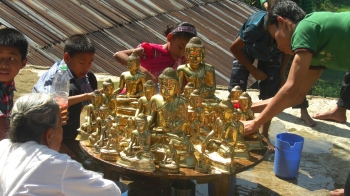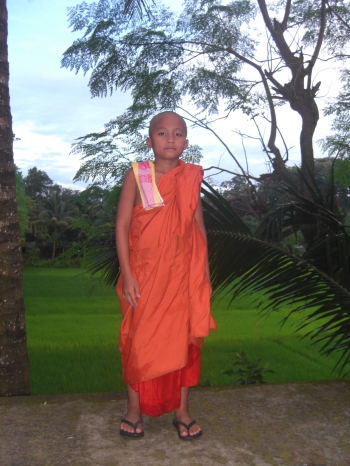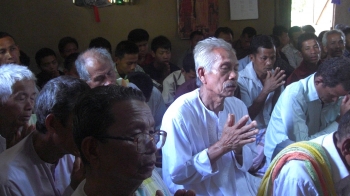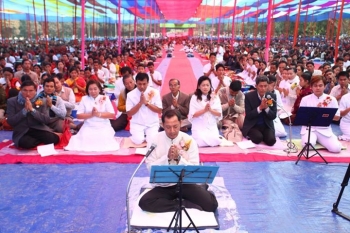Editor’s note: Jnan Nanda completed his BA Hons from the University of Peradeniya, Sri Lanka, and his MA from the University of Hong Kong where he presently teaches Reading in Buddhist Sanskrit Texts as a tutor at the Centre of Buddhist Studies. He also works for Buddhistdoor International. He starts his PhD in July 2014 at The University of Hong Kong.
Part Two: Buddhist Culture and Practices in Bangladesh
Part Two of this series on Bangladeshi Buddhism will explore some of the important Buddhist practices to be found in Bangladesh and the relationship Buddhism has with its followers.
Buddhist culture in Bangladesh, as in other Theravada Buddhist countries, reflects the daily life of Buddhists and their relationship with Buddhism. Throughout the year, the Buddhists in Bangladesh observe 12 Full Moon Days (called Purnima in Bengali), the most important ones being Vesak (Buddha Purnima or Baishakhi Purnima in Bengali), Ashari Purnima, Madhu Purnima, Pavarana Purnima, Maghi Purnima andPalghuni Purnima. (Dilip Kumar Barua: “Buddhist Ceremonies in Bangladesh”). During the 12 Full Moon Days, many lay followers undertake the Eight Precepts for either a day or one week, during which they receive spiritual guidance from the monastics.
Among the number of Buddhist ceremonies and festivals, the New Year in April and Kathina at the end of the Rainy Retreat (July to October) are noteworthy. In Bangladesh, the observance of the Rainy Retreat during which period they primarily reside in one location only going out under special circumstances by Bhikkhus is obligatory as mandated by the Vinaya. During this period, Buddhist monks and lay followers live a very religious life. Furthermore, the lay followers do not marry during the Rainy Retreat (July to October). They observe the Five Precepts daily as they consider this period to be very spiritual, as well as out of respect for the practices of the monks. Marriage ceremonies, among the Buddhists, instead are common after the Kathina ceremonies, which marks the end of the Rainy Retreat. During the marriage ceremonies, newly married couples listen to the chanting of Buddhist scriptures by monks and receive blessings to lead a happy married life. In appreciation, they give alms to the monks.
Sanghika-dana-s (offerings to Buddhist monks from lay followers) and chanting of Buddhist scriptures by Buddhist monks are common Buddhist practices in the country. Buddhist monks are invited to the homes of lay devotees for scriptural chanting and alms giving. Generally, sanghika-dana-s are offered in memory of the departed loved ones and relatives. During funeral ceremonies, monks are invited to conduct funeral rites and deliver sermons on impermanency to enlighten the lay followers before cremation takes place. Seven days after the funeral, a memorial sanghika-dana is offered to the community of monks to transfer merit to the departed ones. Among the several gifts donated to the monks in the sanghika-dana, a very special feature is the donation of the attha-parikkara (the eight utensils of a monk: robe, under robe, shoulder scarf, belt, bowl, razor, needle and thread, and water strainer.)


















